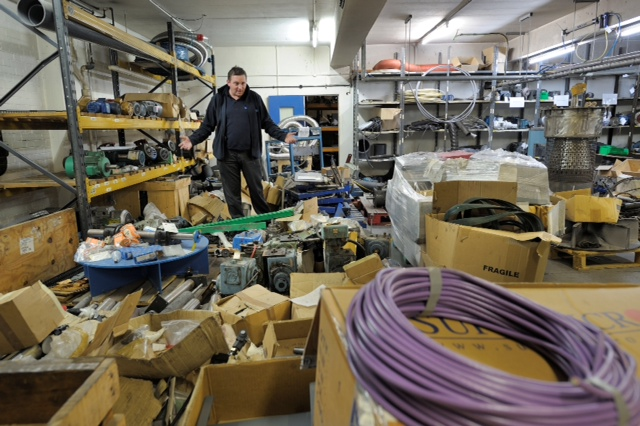 A warning from ERIKS, a UK based industrial distributor, has been issued due to increasing concerns that poor performing maintenance and storeroom operations are negatively impacting operational efficiency, tying up capital and, ultimately, reducing profits.
A warning from ERIKS, a UK based industrial distributor, has been issued due to increasing concerns that poor performing maintenance and storeroom operations are negatively impacting operational efficiency, tying up capital and, ultimately, reducing profits.
“The recent recession encouraged industry to look closely at its operations to drive out all unnecessary cost and streamline where possible,” said Andy Silver, IS commercial and operations director at ERIKS UK. “Unfortunately, storeroom and inventory were all-too-often overlooked, which means that there is a lot of slack in terms of spares, inventory and wasted time in the system.”
ERIKS has identified four key drivers of poor MRO maintenance which include production downtime resulting from unavailable parts or poor stores management and inventory control; out of control spending on spares; wasted time due to MRO engineers sourcing parts and paperwork, rather than focusing on core activities
Mr Silver said the problems are due to a basic lack of procedures and controls. “Many companies do not have the basic controls and tracking systems that provide visibility of costs in terms of ordering, warehousing, transportation and other expenses. The old adage that if “you can’t measure it, you can’t monitor it” is as true with MRO as it is with any other operational activity. The lack of systems results in insufficient stock, duplication and obsolescence which cause lost time or tie-up working capital and act as a drain on profits.”
What’s more, the problem is often exacerbated by individual MRO engineers taking matters into their own hands. “It is not uncommon to find that many individual MRO engineers, aware that their company’s maintenance practices are not up-to-scratch, stockpile parts in vans or lockers in order to keep items close to hand and reduce their own hands-on tool time. Unfortunately, this inventory only adds to the MRO supply chain problem because unauthorised stock holdings cannot be monitored or accounted for.”
“My advice to UK industry is to look closely at MRO spend and put key performance indicators in place which can be monitored. For example, stock availability and accuracy should be in excess of 95% with a stock retrieval time of under 60 seconds from point of confirmation. If you can’t hit those standards then your MRO stores operations are not up to scratch. The irony is that good MRO practice can turn maintenance operations into a revenue driver, but only if the correct procedures are put in place.”

